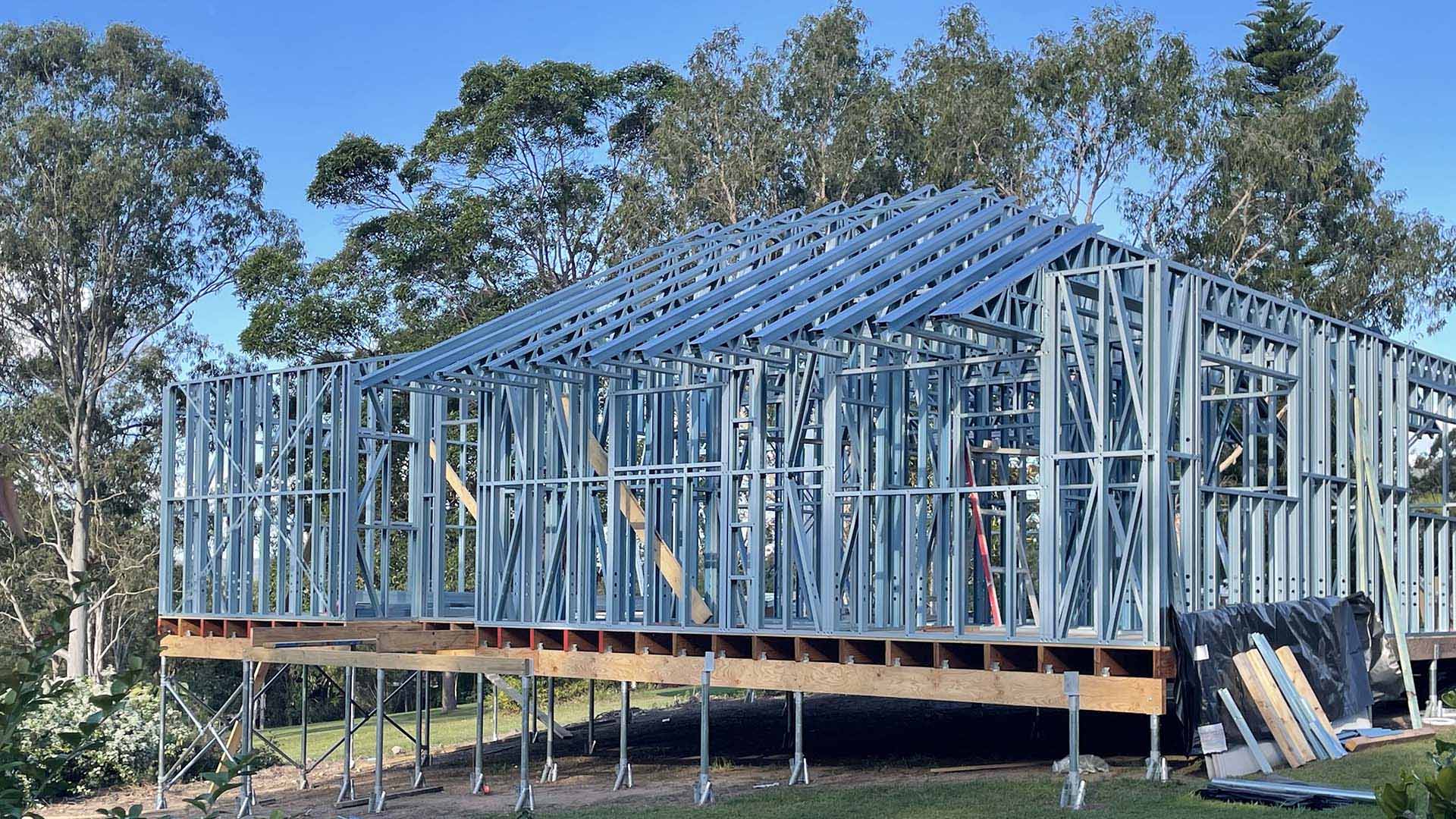The framing stage is a key milestone in any home build, providing the structural bones of your home and giving shape to each room and level. At this point, the foundation is set, and the project starts to resemble the final design, revealing the layout and connections between each space.
For those building their first home, understanding the framing process can seem overwhelming. This guide will help you navigate each step, offering insights into what to expect and tips for keeping the project on track. With careful preparation and attention to detail, you’ll ensure this stage runs smoothly, setting a strong base for the rest of your build.
Planning for the framing stage
Preparation is crucial before framing begins. This stage requires meticulous planning to ensure that every component is positioned correctly, from walls and windows to doors and roof lines. Working with your builder or project manager at this point allows you to confirm all essential details, reducing the risk of errors that could affect the layout.
Securing high-quality materials is another essential aspect. Steel and timber are the most common framing options in Australia, each with its own benefits. Steel is termite-resistant and well-suited to extreme weather, while timber offers a classic feel and flexibility. Discussing material options early on with your builder can help you make a choice that aligns with both your budget and structural needs.
Ensuring accurate measurements and alignment
Accuracy in measurements and alignment is vital for framing, as even minor misalignments can lead to structural issues. Builders typically use precision tools like laser levels to ensure that each component is properly aligned, resulting in a sturdy and balanced frame. Checking measurements at each step of the process can prevent costly errors later on, providing a strong start for walls, roof trusses, and internal divisions.
Partnering with an experienced building team can make a noticeable difference during the framing stage. Professionals understand the importance of precision and often have systems in place to double-check measurements and alignment, reducing the chances of rework.
The importance of inspections
Before proceeding to the next construction phase, a framing inspection is required to verify the structure’s stability and adherence to safety codes. Inspectors assess the frame’s alignment, load-bearing capacity, and anchoring, ensuring that the home’s structural integrity meets Australian building standards.
Passing this inspection is essential, as it confirms that your home’s foundation is secure and ready for the next stages. This check also offers peace of mind, knowing that the build is progressing safely and according to plan.
Preparing for the lock-up stage
Upon completing the framing stage, the next milestone is the lock-up stage, where walls, windows, and doors are installed to secure the structure. This stage is pivotal for protecting the interior from weather and external elements, making it a significant step toward completing the build.
To prepare for lock-up, ensure that you have all the necessary materials ready and that the budget can accommodate this transition. Working closely with your builder at this stage can streamline the process, addressing any minor adjustments needed to prepare the structure for enclosure. For more information on lock-up kits, explore our Lock-Up Stage Kit Homes at Atlas Frames.
Finally,
The framing stage is a foundational part of the home-building process, providing the essential structure for a strong and durable home. By carefully planning, ensuring accuracy, and following through with inspections, you’ll set up the remainder of your build for success.




